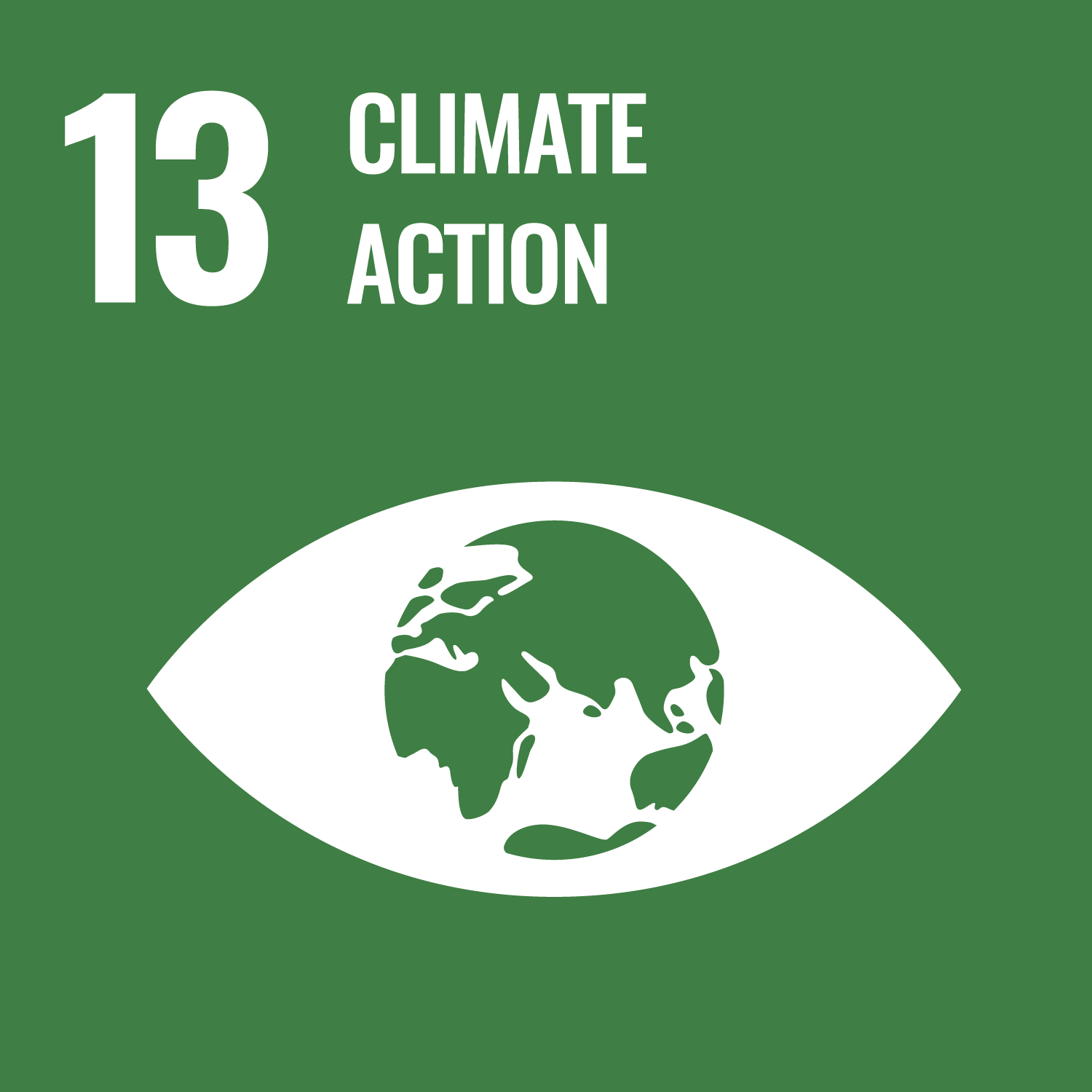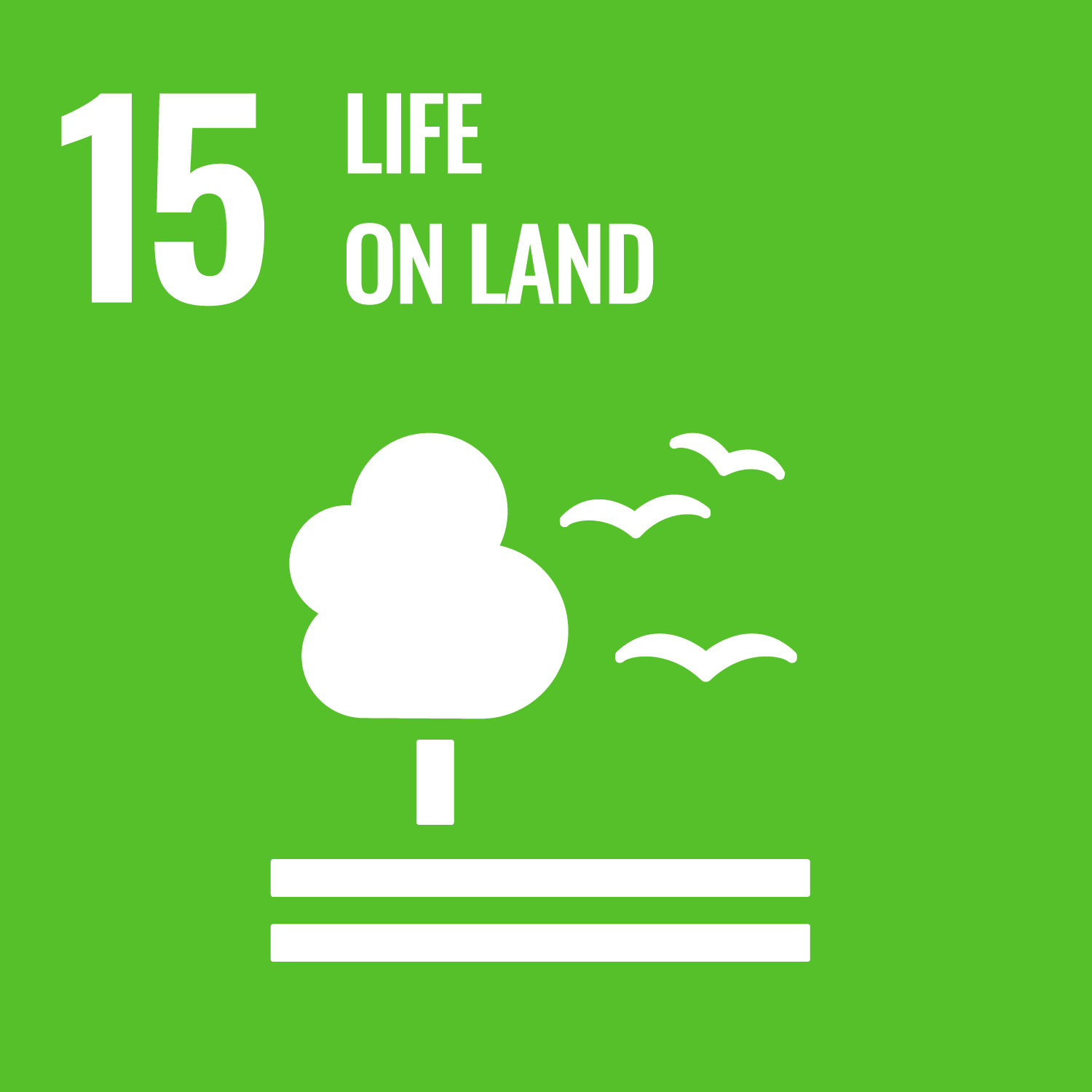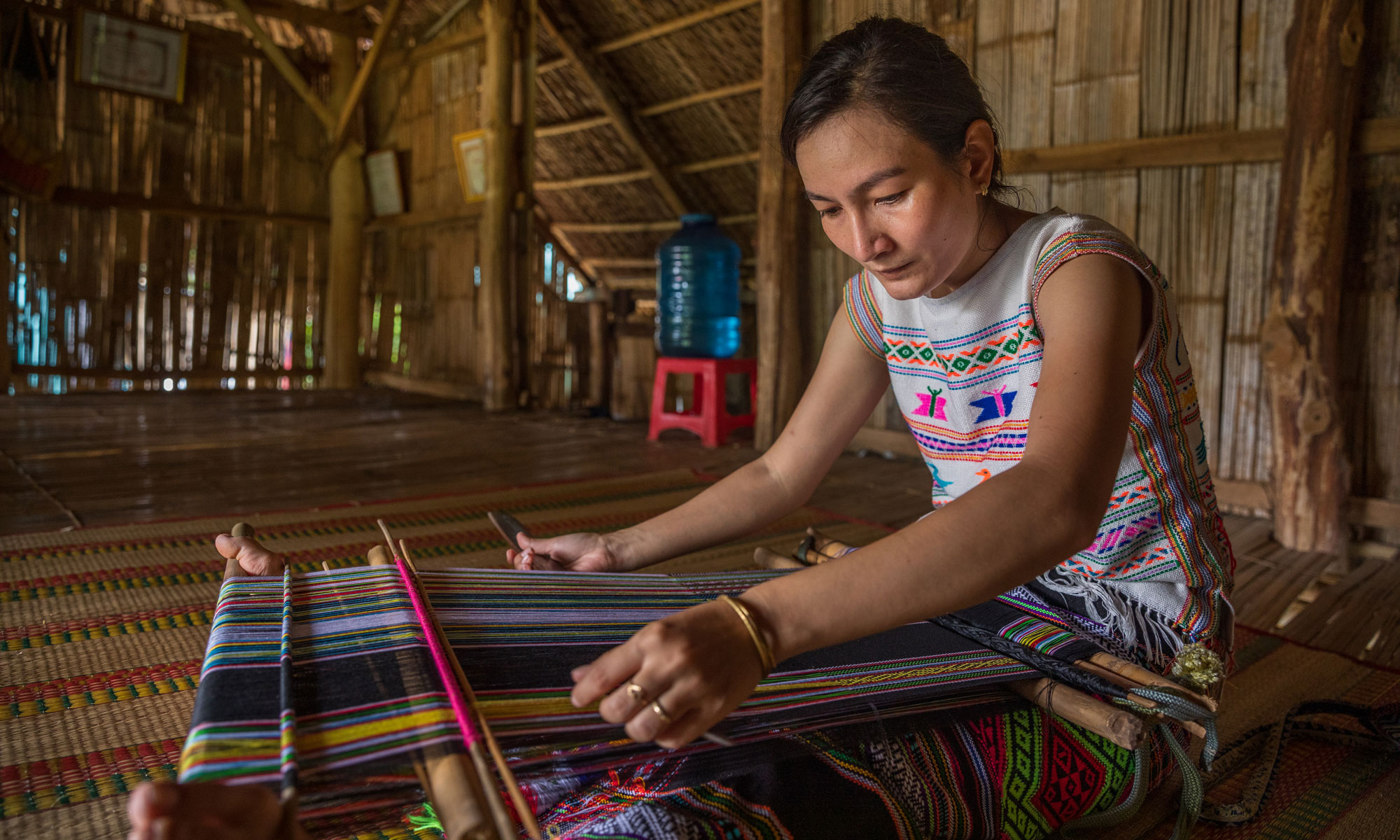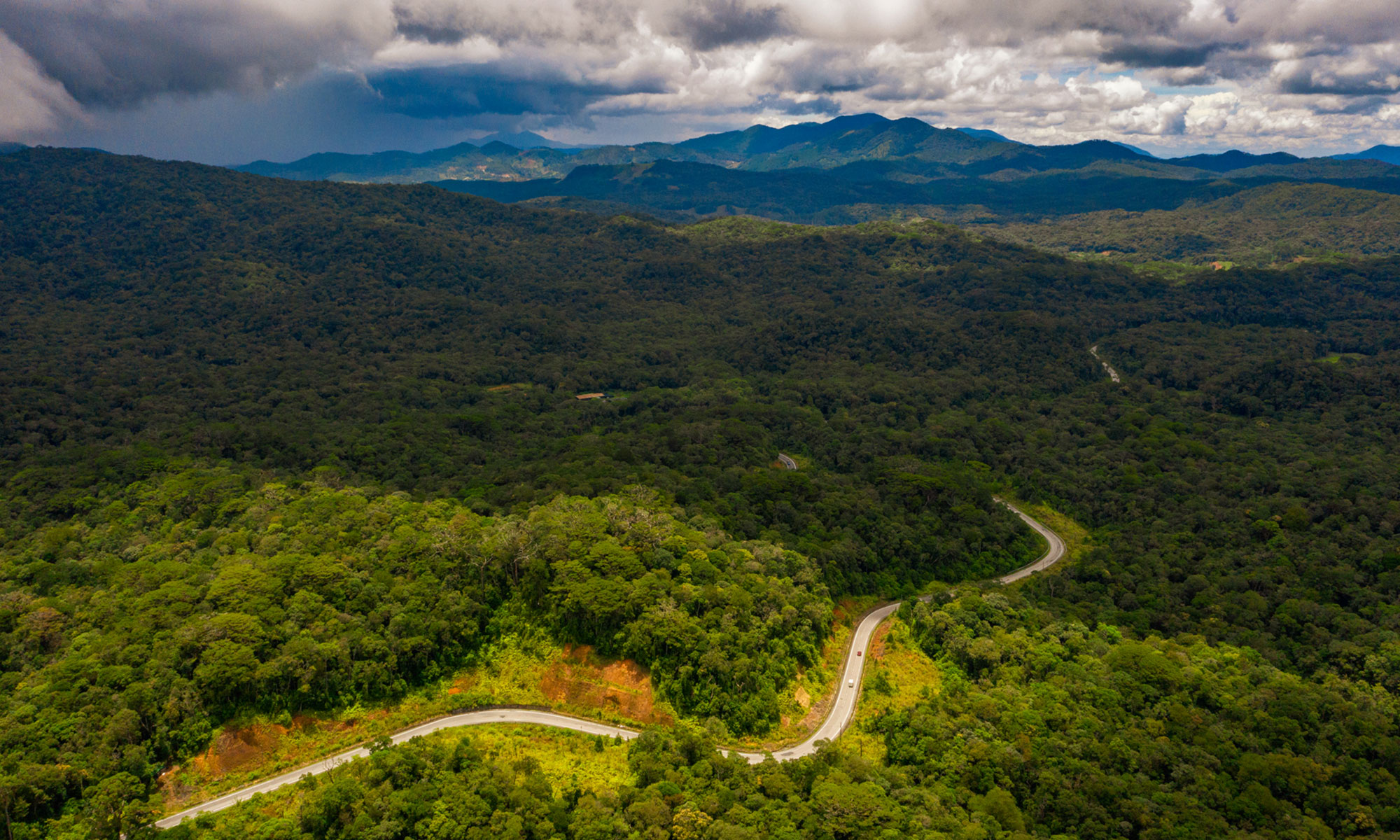Conservation and Sustainable Use of Forest Biodiversity and Ecosystem Services in Viet Nam

OBJECTIVES
State administrative agencies at national and provincial level responsible for the management of protected forests implement mechanisms which provide benefits from biodiversity conservation and sustainable forest management to local communities.
This is being achieved through the following specific targets:
- An improved legal and policy framework that fosters biodiversity conservation and the sustainable use of forest environmental services.
- Improved financial and management planning by protected areas for biodiversity conservation.
- Improved protected area monitoring and information systems.
DESCRIPTION
Viet Nam’s forests cover more than 41% of the country’s area and provide important habitats for flora and fauna. They play an essential role for the national economy, contribute to local livelihoods, and constitute a global biodiversity hotspot. However, Viet Nam’s forests continue to be degraded and biodiversity is declining at an alarming rate. An estimated 13% of species in Viet Nam are threatened with extinction.
While Viet Nam has committed to several international forest and biodiversity conservation initiatives – including the Convention on Biological Diversity – increased efforts are needed to enhance capacity, technology, and resources to preserve the rich forests and ecosystems effectively.
In this context, the project focusses on strengthening the policy framework and institutional capacity at national level, working closely with the Ministry of Agriculture and Rural Development and its subordinate agency, the Vietnam Administration of Forestry. In parallel, the project demonstrates successful approaches for sustainable management and financing for protected forests at four pilot sites: Cat Tien National Park, Bidoup-Nui Ba National Park, Than Sa- Phuong Hoang Nature Reserve, and Tram Tau Protection Forest.
By increasing the engagement of local communities in forest management and planning, the project aims to strengthen natural resource governance and benefit-sharing, which allows for local communities to benefit from ecosystem services while contributing to their preservation. This is coupled with enhancing the long-term financing of protected areas and strengthening monitoring capacity to inform decision makers. These activities contribute to a more sustainable and equitable use of ecosystem services, preserving Viet Nam’s unique biodiversity for the benefit of its people and the planet.
APPROACH/FIELD OF INTERVENTION
- Improving the legal framework for biodiversity conservation:
The project supports the integration of ecosystem services and community participation in policies governing protected areas.
- Improving sustainable management and financing of protected areas:
The project supports protected areas in the development and implementation of Sustainable Forest Management Plans (SFMPs) with a special emphasis on promoting the participation of local communities. This includes enhancing capacity on sustainable financing, monitoring and reporting; for example, through the Spatial Monitoring and Reporting Tool (SMART) and integrated planning at provincial level.
- Improving monitoring and information systems:
The project focuses on strengthening the capacity of non-state actors to contribute effectively to the implementation and monitoring of the Voluntary Partnership Agreement on Forest Law Enforcement, Governance and Trade (VPA FLEGT).
TARGETED BENEFICIARIES
The project works closely with key stakeholders at national level, including the Viet Nam Ministry of Agriculture and Rural Development, the Vietnam Administration of Forestry, the Department of Protected Area Management, and the Ministry of Planning and Investment, as well as provincial authorities such as provincial people’s committees and departments of agriculture and rural development.
Important partners are the four pilot sites – Cat Tien National Park, Bidoup Nui-Ba National Park, Than Sa Phuong Hoang Nature Reserve, and Tram Tau Protection Forest – and their protected area management boards and national consulting agencies for management planning. Key beneficiaries are the forest-dependent local communities in and around the protected areas.
Other international key development partners as well as national and international NGOs are also engaged in the intervention.
HIGHLIGHT ACTIVITIES
- Improved Legal Framework: A crucial element of the revised Forestry Law adopted in November 2018 (and its by-laws) is the general obligation of forest owners to protect biodiversity. The new Law on Planning, adopted in December 2018, led to the mandatory consideration of ecosystem services in integrated planning. Through support from the project, these central regulations, which are conducive to biodiversity conservation and the sustainable use of ecosystem services, have been laid down in Viet Nam’s national legislative framework.
- Sustainable management planning: The updated ten-year management plan for Cat Tien National Park has been approved. The plan is a milestone for effective protected area management on 80.000 ha, ensuring stakeholder participation in the planning process, improved access to and sharing of resources with local communities, integration of gender-differentiated local knowledge on ecosystem services, and monitoring of the management plan’s implementation.
- COVID 19 emergency relief: Ethnic communities living in remote buffer zones bordering Langbiang Biosphere Reserve and Bidoup-Nui Ba National Park received health insurance cards, school materials, and water tanks as emergency relief to mitigate the impacts of COVID-19 and climate change. The support was funded through a BMZ COVID emergency package and included training for 2,558 students and 210 teachers on how to protect themselves and their communities during the pandemic. In 2021, additional funding has been allocated to support protected area management.
- Wildlife conservation: The project supported the local NGO CHANGE to hold a workshop entitled “Ending live wildlife trade and urban bushmeat consumption” for 30 journalists. The aim of the workshop was to increase knowledge and awareness, build relationships between journalists and wildlife protection experts, and establish a media network to report on hunting and bush meat consumption.
PUBLICATIONS/KNOWLEDGE PRODUCTS
- Spatial Monitoring and Reporting Tool (SMART)
- Support to development of Investment Decree
- Site-level assessment of governance and equity (SAGE)
- Sustainable Tourism
- Project overview
- Support to development of Decree 156 - Implementation of Forestry Law
- Support to development of Decree 28 – Sustainable Forest Management
- Assessments on NCD, Primate Conservation and Forestry Master Plans
- Ecosystem Services Mainstreaming
- Viet Nam forestry development strategy
- Pandemic prevention and recovery in protected areas
- VPA FLEGT
- Profile and status of protected areas
- Sustainable forest management planning
- Sustainable financing for protected areas
VIDEO
SUCCESS STORIES
One of the greatest challenges to effective biodiversity conservation in Viet Nam is the shortage of funding available to protected areas. To support mobilisation of additional resources for the conservation of natural forests, the project is supporting expansion of existing Payment for Forest Environmental Services (PFES) in selected provinces in Viet Nam. Through a strategic assessment coupled with a multi-stakeholder workshop, new potential buyers of forest environmental services were identified. Based on these results, a concrete proposal for including two hydro power plants in the PFES scheme in Yen Bai province was developed by the Department of Agriculture and Rural Development. The proposal was based on the idea that the operators of the hydro power plants benefit from the water-regulating services of the nearby forests, thereby increasing power production. The proposal was approved and additional payments, estimated to reach EUR 145,000 annually, started flowing in 2021. The protected area management board and adjacent communities are now benefitting from these resources, which can be used for enhanced forest patrolling along with other conservation acyivities.
“Yen Bai started implementing the PFES policy in 2011. Today, PFES contributes additional resources for forest protection and development, biodiversity conservation and to improve the incomes of local communities working in the forestry sector, especially those living around protected areas” Mr. Dinh Dang Luan, Director of the Yen Bai Department of Agriculture and Rural Development.
COUNTRY
Viet Nam
DURATION
01 Jan 2018 - 31 Dec 2021
Commission Agency
BMZ
SDG









